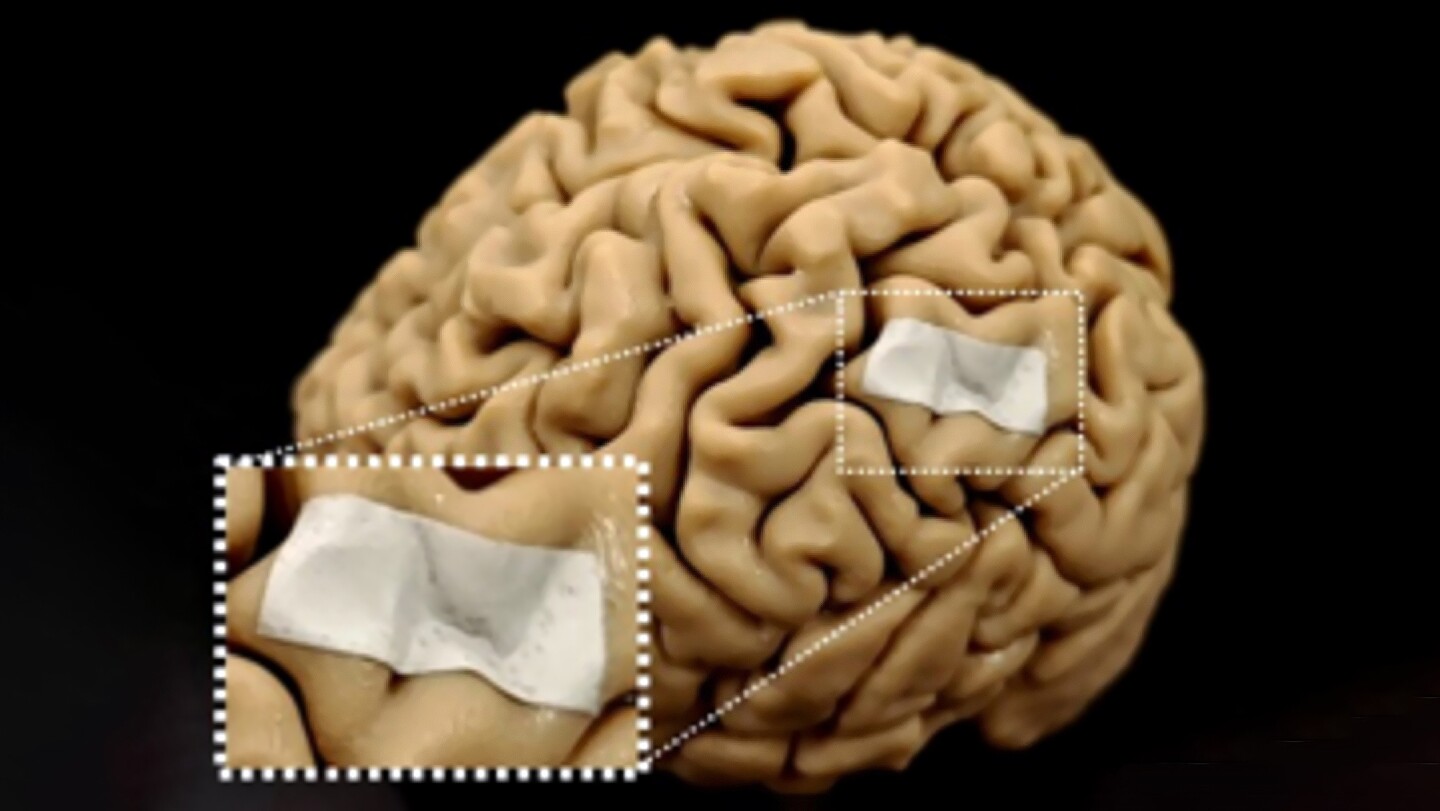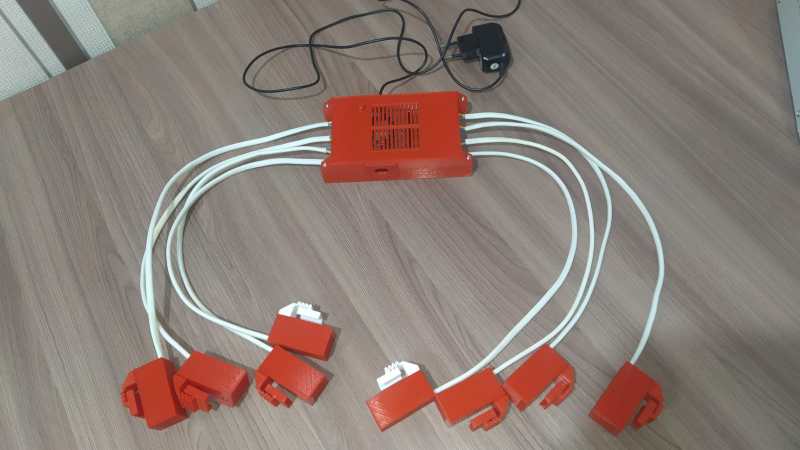
The delivery of electrical impulses to different areas of the brain has been used for years to help alleviate the symptoms of Parkinson’s disease, as well as a range of other afflictions. However, the current method of dispatching the zaps involves implanting a pacemaker-like device in the chest and then running wires through holes in the skull to the relevant brain areas. A new technique using piezoelectric nanoparticles that are activated via bursts of ultrasound has shown promise as a wire-free way of stimulating the brain.
Continue Reading
Category: Medical, Science
Tags: Nanoparticles, Deep Brain Stimulation, Blood-brain barrier, Pohang University of Science and Technology, Georgia Institute of Technology, Parkinson’s Disease, Epilepsy
Continue reading Brain-stimulating particles give electric jolts from ultrasound bursts→




